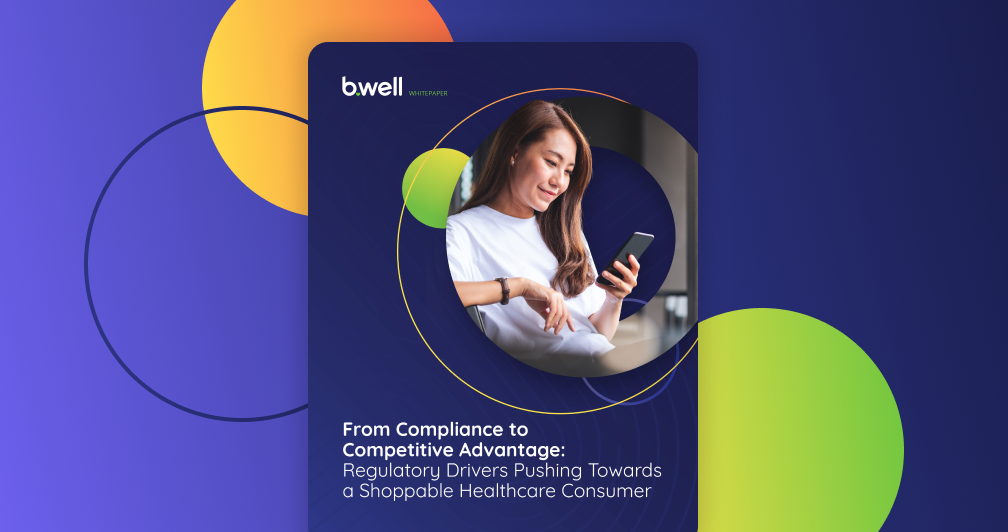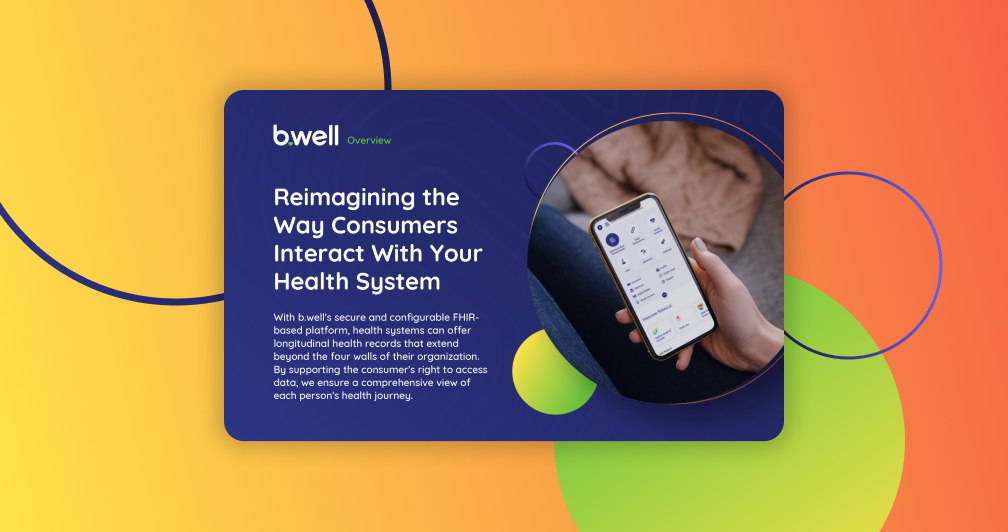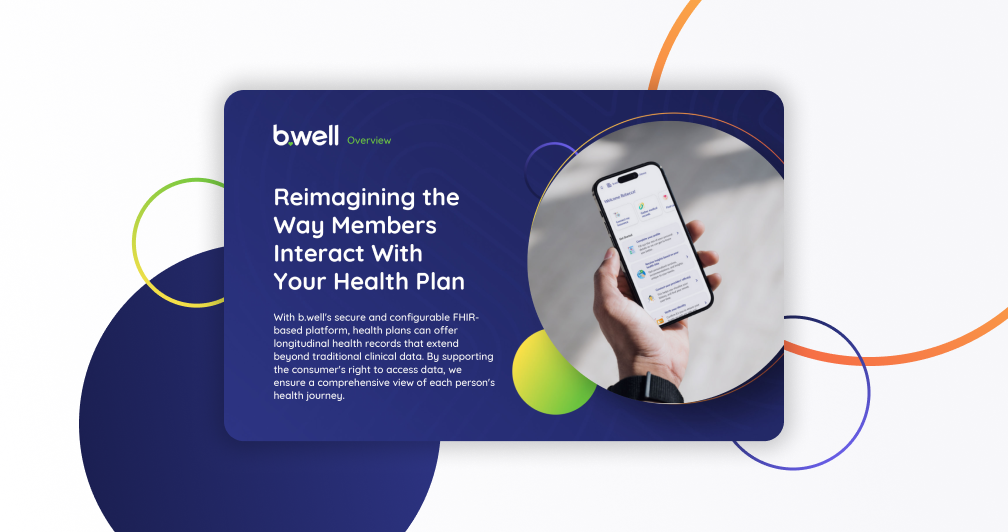Patient portals, an integral component of Electronic Health Record (EHR) systems, were originally developed to meet regulatory requirements, providing patients access to certain aspects of their health information. While they signaled a crucial step towards digitizing healthcare and involving patients in their own care, patient portals often fall short when it comes to genuine engagement.
Why Are Patient Portals Not Enabling Patient Engagement for Most Health Systems?
- Limited Scope: Patient portals typically provide access to health information restricted to a single healthcare system or provider. This results in a fragmented view of a patient’s health journey vs. a longitudinal health record, hindering the patient’s ability to engage comprehensively with their healthcare.
- Lack of Personalization: Many patient portals offer a generic, one-size-fits-all experience, lacking the capability to adapt to individual patient needs or preferences. This leads to a lack of personal connection, potentially discouraging patients from actively engaging with the portal.
- Restricted Functionality: Patient portals often exhibit limited features. While they may enable patients to schedule appointments or view lab results, they frequently lack functionalities like health tracking, integration with wearable devices, or access to a broader health ecosystem involving pharmacies, home care services, or workplaces. This restricted functionality impedes meaningful engagement.
- Engagement Rates: Studies indicate that patient engagement rates with portals remain relatively low, with averages around 25%. This suggests that current portal offerings may not sufficiently meet patient expectations or needs.
Elevating Patient Engagement and Healthcare Connectivity: Beyond Patient Portals
To bridge this engagement gap, healthcare organizations need to move beyond traditional patient portals, embracing solutions that offer a more personalized, comprehensive, and consumer-centric healthcare experience. By doing so, healthcare organizations can transform how individuals engage with their health, leading to improved satisfaction and better health outcomes.
For example, the b.well platform not only enhances the scope and functionality of traditional patient portals, but also offers a more personalized and engaging user experience. With its ability to integrate health data from various sources beyond clinical data, offer diverse scheduling options, and provide access to a broad array of health services, b.well can significantly elevate patient engagement, with engagement rates reaching up to 70%.
Trends and Regulations Pushing Patient Engagement & Satisfaction
The escalating demand for higher patient satisfaction in healthcare is driven by several trends and regulations. These forces continue to shape the competitive landscape and redefine the standards for delivering quality care:
- Market Trends: Competition among healthcare providers has seen a significant uptick. This trend, coupled with the rise of consumerism in healthcare, places an increased emphasis on patient satisfaction. Today’s healthcare consumers demand more control over their health decisions, easy access to services, and high-quality care tailored to their needs.
- Regulatory Trends: The Hospital Consumer Assessment of Healthcare Providers and Systems (HCAHPS) survey, among other regulatory requirements, obligates healthcare providers to measure and report patient satisfaction. Such regulatory initiatives hold providers accountable for the patient experience, compelling them to strive for excellence.
- Link to Outcomes: There is a growing body of evidence that suggests a strong correlation between patient experience and critical clinical and business outcomes. Improved patient satisfaction can lead to enhanced health outcomes, reduced healthcare costs, and increased employee satisfaction within healthcare organizations.
- Incentives: Financial rewards and penalties are being employed to encourage healthcare providers to boost patient satisfaction. These incentives underscore the financial implications of patient satisfaction and urge providers to prioritize patient-centric care.
A Comprehensive Solution to Enhance Satisfaction and Patient Engagement
In this evolving environment, b.well emerges as a comprehensive solution that can drive patient satisfaction by creating a more connected and personalized healthcare experience. With its capacity to provide holistic healthcare experiences, expanded value propositions, diverse scheduling options, and data interoperability, b.well helps healthcare organizations navigate market and regulatory trends while remaining centered on patient needs and satisfaction.
In an era of increasing healthcare consumerism and stringent regulatory demands, relying solely on EHR systems and patient portals may not be sufficient. Health systems must invest in innovative solutions that not only meet regulatory requirements but also elevate patient engagement and satisfaction. By implementing tools like b.well, healthcare organizations can achieve these objectives and position themselves for success in a rapidly evolving industry.



